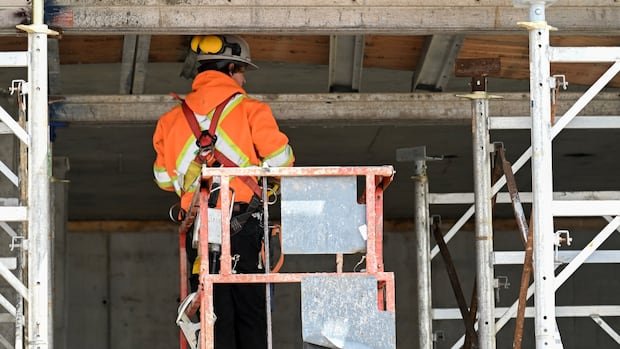Canada’s jobless rate climbed to seven percent in May, reaching its highest level in nine years outside of the pandemic, according to Statistics Canada’s report on Friday. The latest Labour Force Survey revealed a rise in unemployment to the highest since 2016, excluding the peak rates witnessed during 2020 and 2021.
Statistics Canada pointed out minimal employment growth since January following substantial gains in the autumn. Only 8,800 jobs were added to the economy in May, showing little change from April. Notably, the private sector saw an increase in hiring for the first time this year, while public sector employment declined due to the conclusion of the federal election period, leading to a decline in seasonal hiring.
The month saw a net gain of 58,000 full-time jobs being offset by the loss of 49,000 part-time positions. Job gains were notably observed in wholesale and retail trade, which added 42,800 positions, and the information, culture, and recreation sector, which gained 19,300. Conversely, the public administration sector lost 32,200 jobs, and the manufacturing sector shed 12,200 jobs in May, following a loss of 31,000 roles in April.
Douglas Porter, BMO’s chief economist, stated that while the report indicated strength in private sector and full-time jobs, the continuous surge in the unemployment rate serves as a warning signal. He emphasized that the labor market slack is expanding, suggesting that the Bank of Canada might consider further rate cuts.
As of now, the central bank’s next interest rate decision is scheduled for July 30. The total number of unemployed individuals in Canada in May was 1.6 million, marking a 13.8 percent increase compared to the same period last year, as per the data agency’s findings. The percentage of unemployed individuals finding work in May decreased compared to previous years with similar jobless rates, indicating increased challenges in securing employment in the current market.
Notably, individuals spent an average of 21.8 weeks searching for work in May, up from 18.4 weeks the previous year. Young people, especially students gearing up for the summer job market, faced difficulties, with student jobless rates for those returning to school in the fall increasing to 20.1 percent year-over-year, a 3.2 percent rise from the previous year. Average hourly wages grew by 3.4 percent, reaching $36.14, mirroring the growth rate seen in April.


